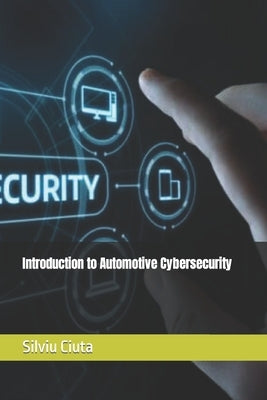Before you leave...
Take 20% off your first order
20% off
Enter the code below at checkout to get 20% off your first order
Discover summer reading lists for all ages & interests!
Find Your Next Read

The Mechanical Era
The roots of the automotive industry trace back to the late 19th century, with pioneers like Karl Benz and Henry Ford introducing the world to the marvels of the motor vehicle. In these early days, cars were purely mechanical contraptions, devoid of any digital components. The idea of a "car hack" was inconceivable as there were no computers or electronic control units (ECUs) to compromise.
The Emergence of Digital Control
The 20th century brought about a pivotal shift as automotive engineers began incorporating electronic systems for improved performance, safety, and comfort. The introduction of the Engine Control Unit (ECU) marked a significant milestone. ECUs allowed for more precise control over engine functions, optimizing fuel efficiency and emissions.
As digital technology became more pervasive, ECUs multiplied and evolved to control various aspects of the vehicle, from anti-lock brakes to airbags. Vehicles were becoming increasingly reliant on software and electronic components. This shift enhanced vehicle performance and opened the door to exciting new features, but it also laid the groundwork for cybersecurity concerns.
The First Signs of Vulnerability
In the early 21st century, automotive cybersecurity entered the public consciousness. Researchers began uncovering vulnerabilities in vehicles' digital systems. The emergence of keyless entry systems and wireless tire pressure monitoring systems raised concerns. These convenience features, while enhancing the driving experience, also presented opportunities for malicious actors to exploit wireless communications.
In 2010, researchers demonstrated the remote hijacking of a car's systems, a watershed moment that alerted the industry to the looming threats. It was a wake-up call for manufacturers to recognize that cars, like any other connected devices, could be hacked.
Industry Response and Regulations
As the threat landscape evolved, the automotive industry mobilized to address cybersecurity concerns. Manufacturers started implementing security measures in their vehicles, and organizations such as the Society of Automotive Engineers (SAE) began developing standards for automotive cybersecurity. These standards aimed to guide manufacturers in securing their vehicles against potential threats.
Thanks for subscribing!
This email has been registered!
Take 20% off your first order
Enter the code below at checkout to get 20% off your first order